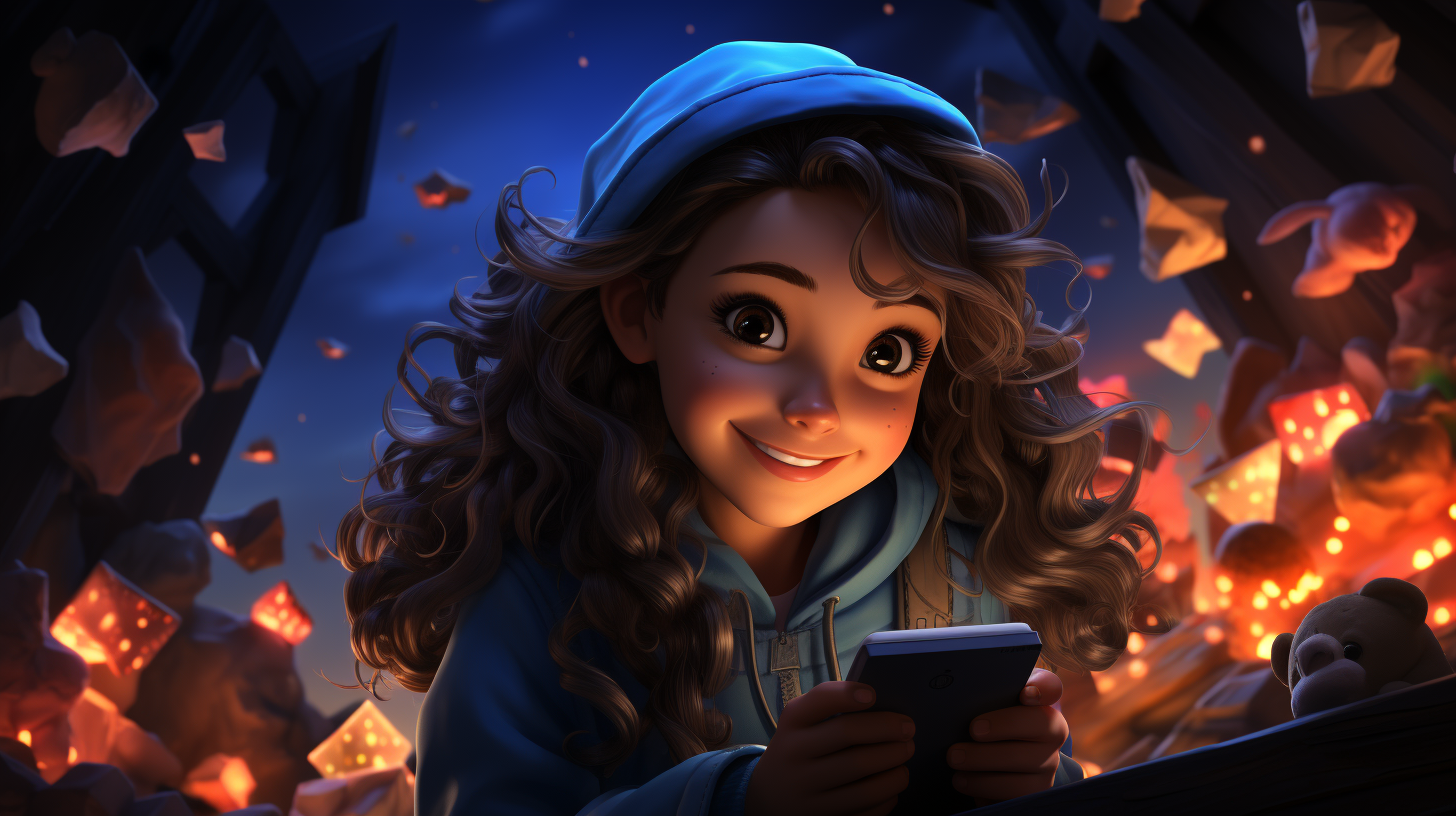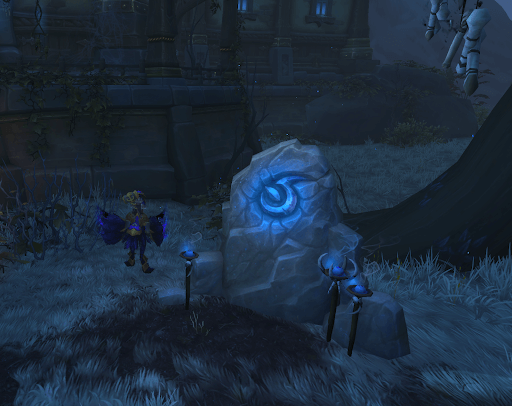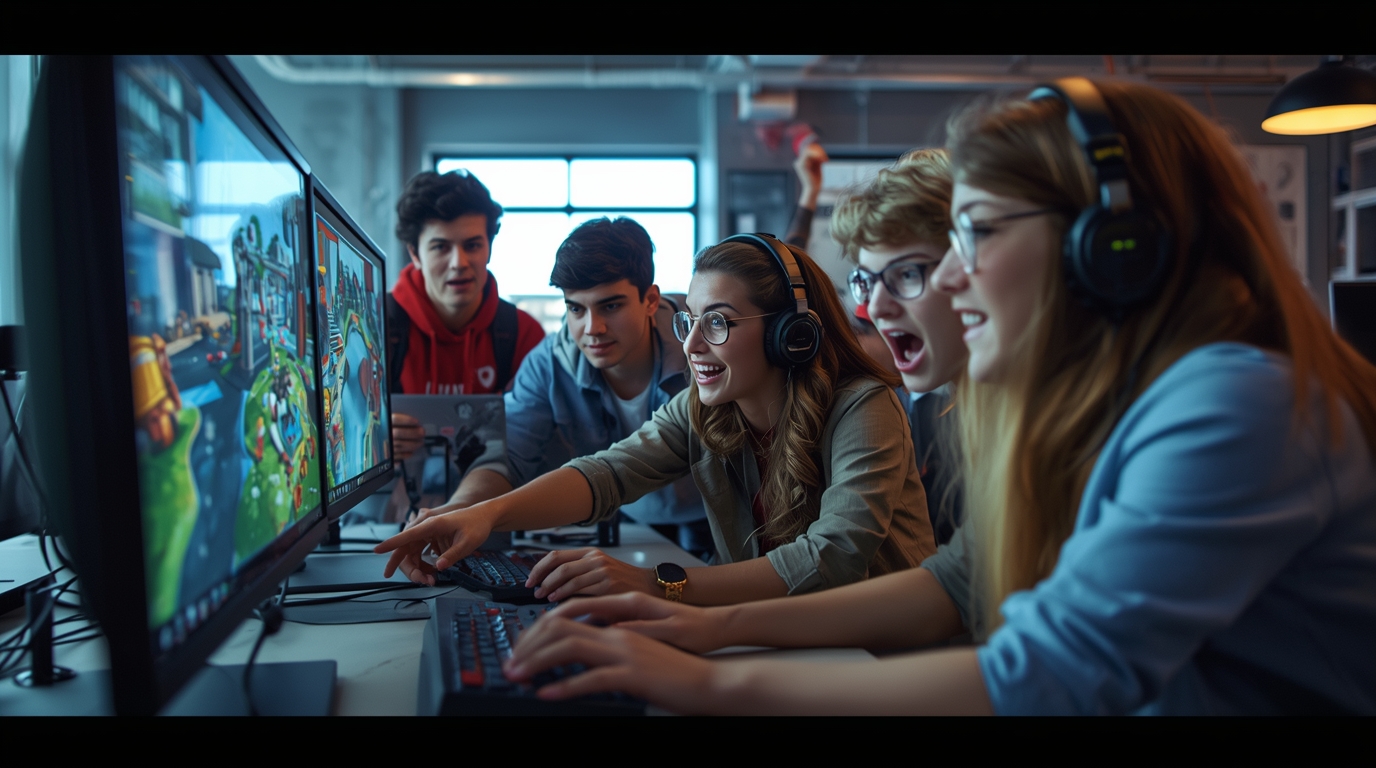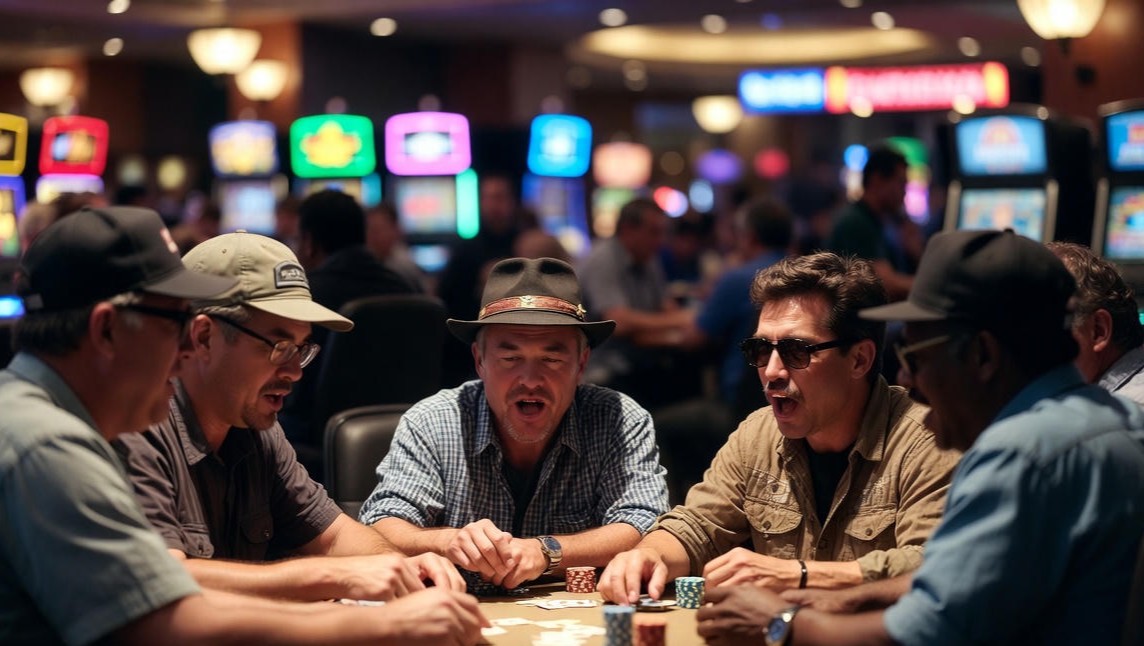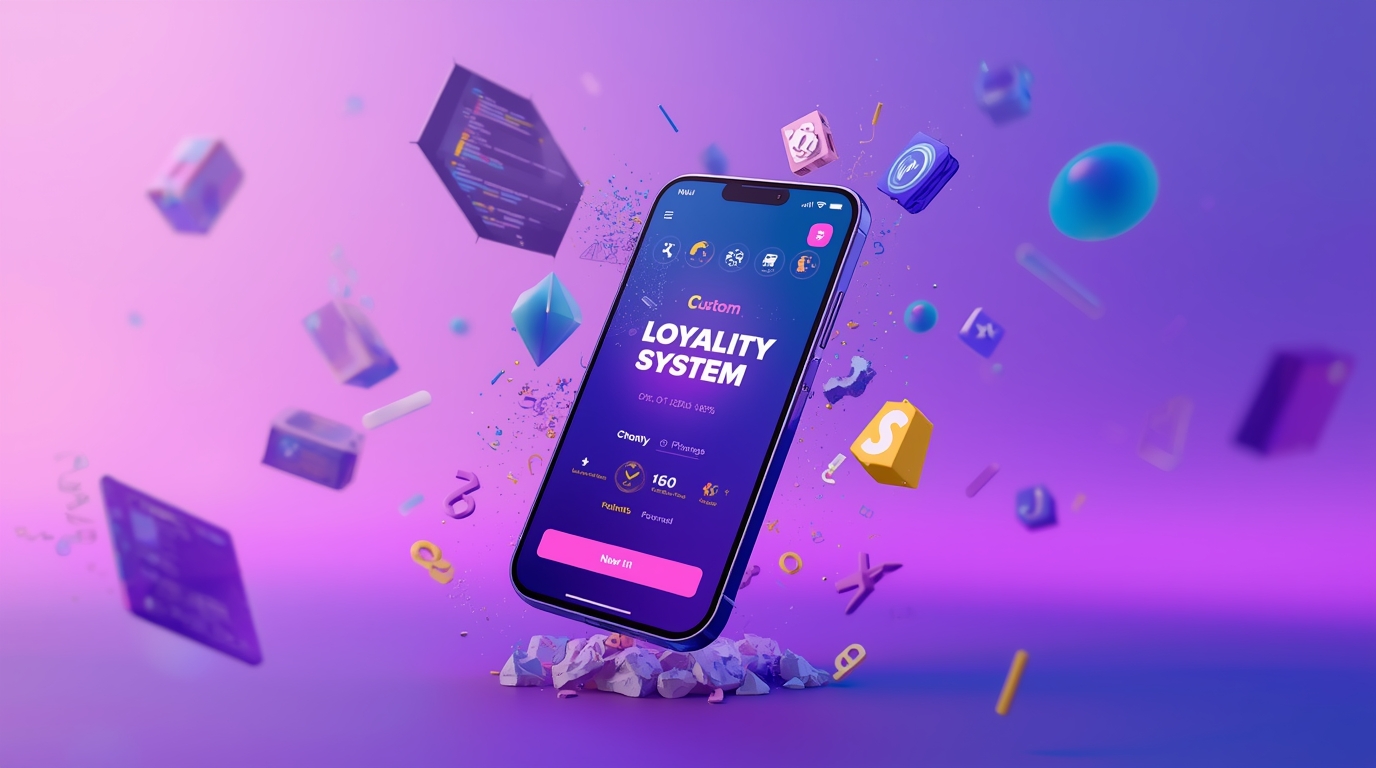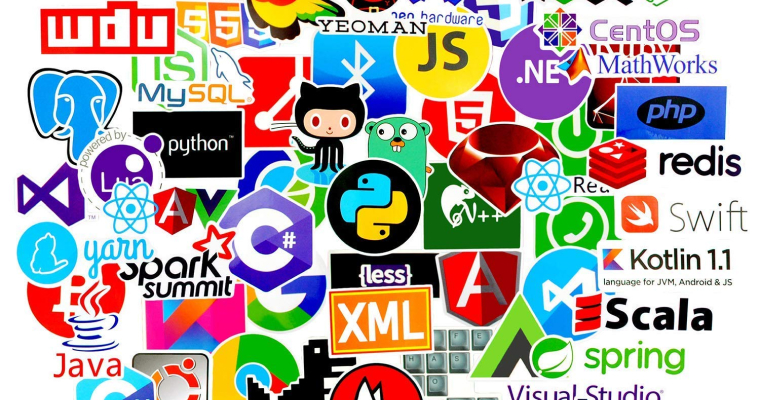Making a 2D video game is the perfect starting point for new game developers. Without needing 3D graphics or tons of coding, you can focus on nailing awesome 2D game ideas and making fun projects to build skills. This article suggests 10 easy 2D game ideas for total beginners based on real classics almost anyone can design. We’ll explain examples, art styles, and tips to code core features without pain. If you go step-by-step, you’ll finish your first 2D game feeling like a pro!
Endless Runner Games
Remember 2D game ideas like Subway Surfers, Temple Run, or Canabalt? Those are “endless runners” – where your character dashes left to right automatically and you tap or swipe to jump over stuff in your way.
Making a simple 2D endless runner is smart because:
- Fun and easy to play even if made by beginners
- Very simple controls like one-button jumping or dodging
- Procedural levels means basic building blocks shuffle new challenges continuously
- Easy pixel art since backgrounds scroll fast hiding imperfections
To code an endless runner, first make your character run forever. Then add platforms, obstacles, and powerups that spawn randomly. Polish by fine-tuning speed, how far the player can jump, scoring, sound effects, and making dangers appear smarter over time.
Classic Fixed Shooters
Before moving screens, games like Space Invaders put players on the bottom shooting upward as alien formations marched closer. New examples like Geometry Wars built on that.
Why these basic 2D game ideas in shooters rock:
- No complex twin-stick controls to figure out
- Hypnotic shooting waves of bad guys
- Cool particle effects when baddies explode into pieces
- Old school vector/pixel art style is part of the charm
To develop a fixed shooter, first map out enemy wave patterns that progress in difficulty. Allow shooting 360 degrees. Program different shot speeds, spray angles, and particle colors per weapon. Have baddies explode chaotically!
Basic Platformers
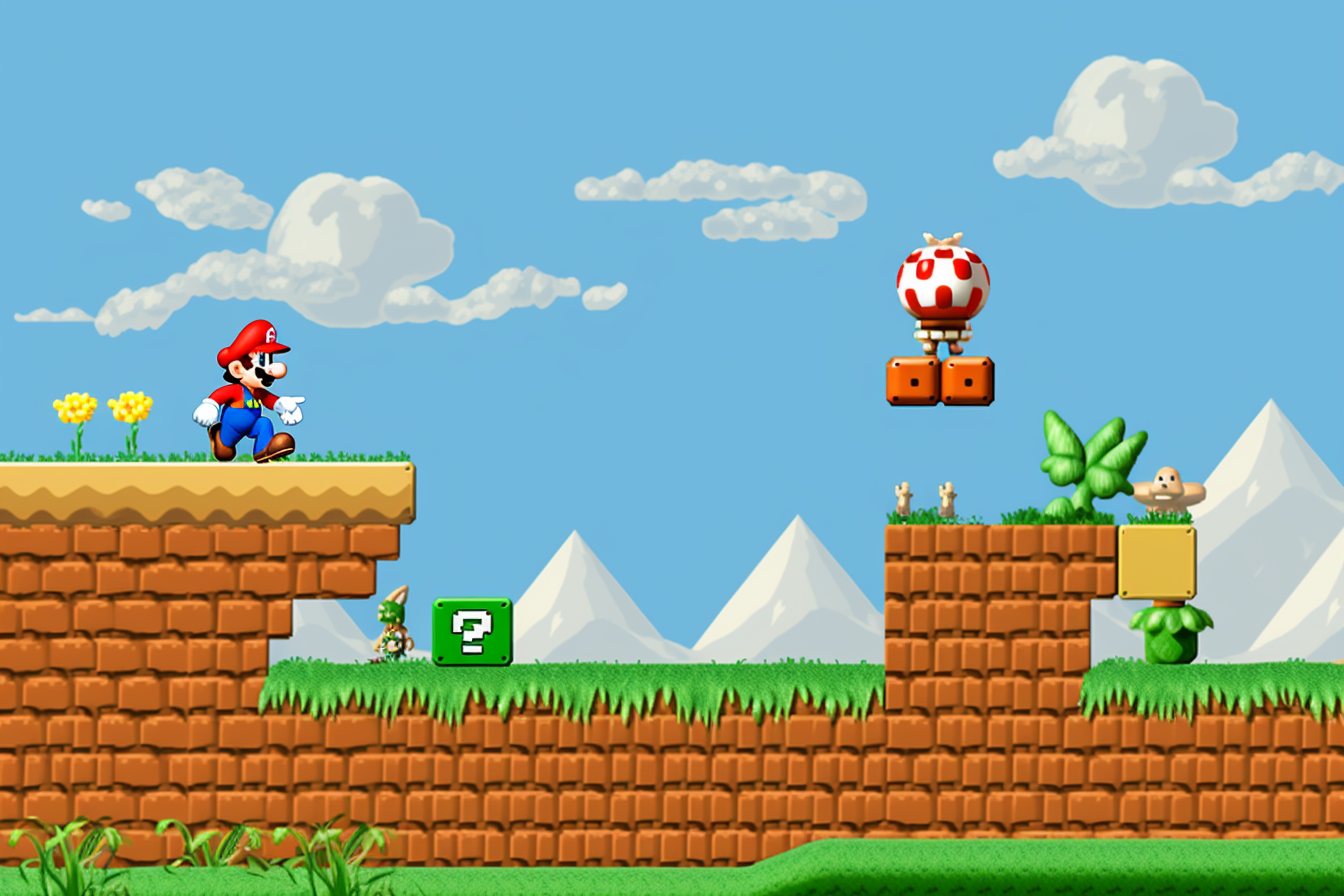
From Mario to Meat Boy, platformers that have you run, jump, and stomp through levels define 2D game ideas.
What makes platformers so fun:
- Pixel-perfect controls feel sublime when mastered
- Nonstop movement over obstacles, pits, and enemies
- Cutesy retro sprites full of character
- Near endless level design creativity
When programming platformers, nail controls first before anything else. Make acceleration and jumping true to physics. Ensure landing animations feel right. Use collision layers, triggers, and boxes to prevent corner-clipping. Have baddies chase or shoot intelligently. Then build hundreds of challenging levels!
Quick guide to basic platformer elements
Core Mechanics:
- Running
- Jumping physics
- Combat or enemies
- Collectibles
Level Elements:
- Moving platforms
- Location-based triggers
- Hazards (spikes, lava, etc)
- Portals
- Puzzle switches
Art Elements:
- Tilesets and backgrounds
- Character animations
- Sound effects
- Dynamic lighting
Brick Breaker Games
In games like Breakout, Peggle, or Arkanoid, players knock a ball into stacks of bricks to clear them all for points.
Why brick breakers hit big:
- Super satisfying feeling wrecking bricks
- Hundreds of unique brick types/effects
- Powerups alter ball behaviors randomly
- Formulaic but continuously challenging
When developing brick breakers, start with vector math for ball speed, angles, paddle rebounds. Generate brick layers by type – some crack differently, others need multiple hits. Implement powerups like lasers, multi-balls, or ghost paddles. Explode bricks in spectacular fashion with particles!
Table of Sample Brick Breaker Powerups
| Powerup | Effect |
| Multi-Ball | Spawns two additional balls |
| Expand Paddle | Widens paddle briefly |
| Slow Motion | Slows ball speed temporarily |
| Fire Ball | Ignites ball leaving flame trail |
Retro Arcade Games
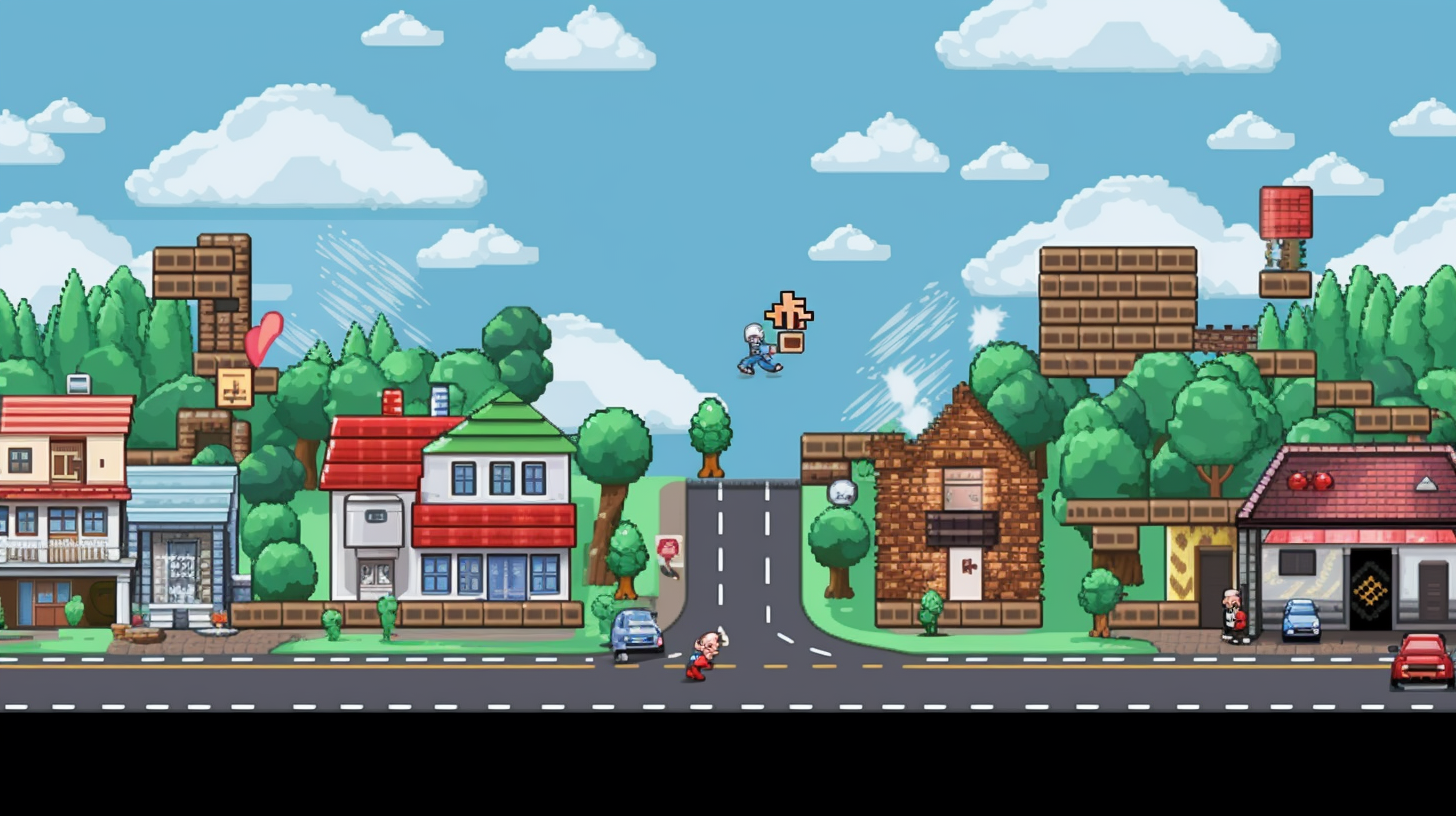
For starters wary of complex 3D graphics, fake retro pixel art cosmetically suggests classic games without the pain of coding ancient designs exactly.
Why pixel art rocks:
- Masks aging graphics allowing modern flair
- Less need for animation frame perfection
- Evokes warm nostalgic feelings
- Fosters vibrant creativity unshackled by history
When crafting pseudo-retro arcade games, use signature genre motifs players intuitively recognize but filter through unique twists. Exaggerate charming retro console limitations without agonizing over bygone antiquated tech hurdles. Love letters don’t require total authenticity!
Old-School Retro Flair in New 2D Game Ideas
Lots of new 2D indie games use pixel art and mechanics inspired by classics from the ’80s and ’90s. Even with way better tech now, purposefully mimicking old-school limitations helps developers focus creativity. Let’s overview why retro works and name cool recent examples.
Using chunky pixels instead of high resolution art cuts workload. Strict color palettes look iconic too. Retro consoles displayed games on TVs differently than now, so adding fake CRT scanlines nods to that technology feel. This taps player nostalgia to fill gaps since modern games no longer face old tech limits.
Gameplay-wise, many retro genres depend on tight core actions like run, jump, shoot. Minimalist inputs let players master essential skills. But constraints also squeeze innovation – see how 4-player Goldeneye multiplayer emerged from limitations. Keeping signature sensations without coding ancient systems allows benefiting from retro foundations.
Overall, selectively keeping certain old-school constraints when making 2D game ideas today scaffolds creativity through focus, just like artists balance negative space or designers economize mechanics. Does pixelating that waterfall better spotlight explorable caves behind? Can adding a weapon wheel improve combat without overly slowing things down? Limits boost appreciation of what remains.
Some cool modern 2D game ideas with old-school style include:
| Game Title | Art Style | Retro Core Mechanics |
| Shovel Knight | 8-bit visuals | Nail-tight 2D platforming |
| Stardew Valley | 16-bit pixels | Harvest Moon life sim formula |
| Dead Cells | Pixel landscapes and characters | Fast-paced dungeon crawler action |
| Undertale | Lo-fi monsters amid minimalist backdrops | Bullet hell battles mixed with narrative choice consequences |
In closing, use inspired bits of retro style and mechanics without complete devotion. Suggest classics rather than 100% recreate. Give modern game design a nostalgic filter. Players want great worlds and feelings, not tech museums! Capturing timeless enjoyment through focused design shines any coating.



